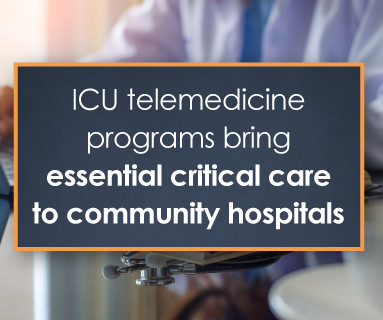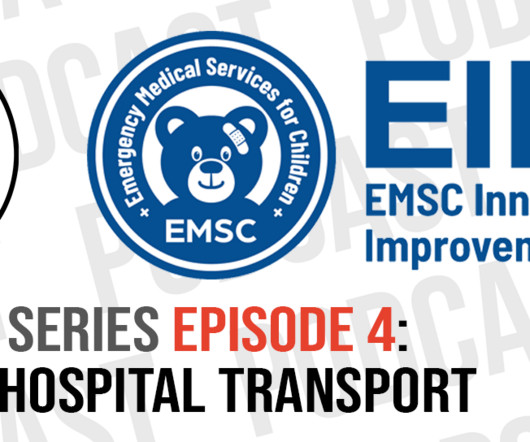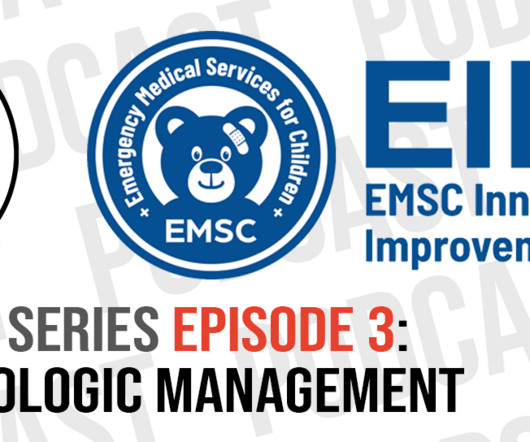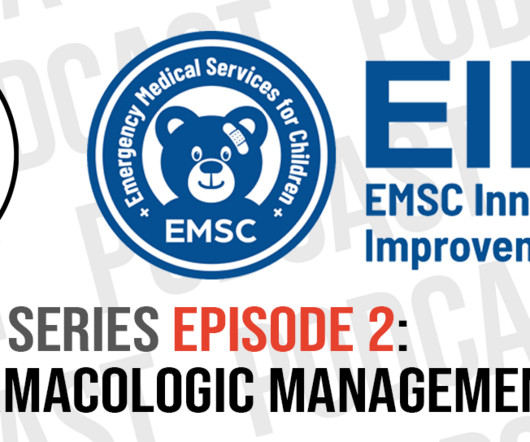ICU telemedicine programs bring essential critical care to community hospitals
Sound Physicians
MARCH 12, 2025
With larger metropolitan hospitals struggling to manage the limited capacity of ICU beds, timely patient transfer isn’t always an available option, and even when it is an option, patients and their families in the community have an expectation that they can stay local for care. Our answer: tele-critical care.













Let's personalize your content